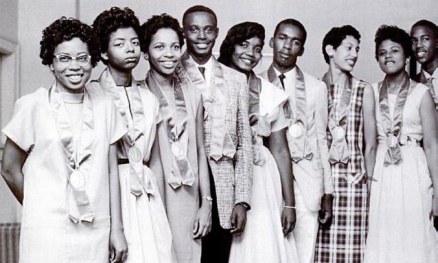Remembering the Little Rock Nine

March 1, 2021
The Little Rock Nine were a group of black students who in 1957, enrolled at Little Rock Central High School, which had previously only admitted white students. Their attendance was a result of the famous Brown v. Board of Education Supreme Court decision in 1954 that declared segregation in public schools was unconstitutional.
Before the Brown v. Board of Education ruling many states had implemented Jim Crow laws — mandatory segregation laws — that required black and white students to attend different schools. The court ruling was met with so much resistance that in 1955 the court issued a second decision called Brown II, that ordered schools to start integrating more quickly than they had been.
Despite widespread opposition, the Little Rock school board created a plan to gradually integrate schools. This spurred the creation of several pro-segregationist groups such as The Capital Citizens Council and the Mother’s League of Central High School.
Daisy Bates, the president of the Arkansas National Association for the Advancement of Colored People (NAACP) recruited nine students who would become the first African Americans to attend Little Rock Central High. The students were Minnijean Brown, Elizabeth Eckford, Ernest Green, Thelma Mothershed, Melba Patillo, Gloria Ray, Terrence Roberts, Jefferson Thomas, and Carlotta Walls. The group was carefully vetted by the NAACP and received counseling to ensure that they would be able to face the resistance they would be met with at the school.
On September 4, 1957, the first day that the Little Rock Nine were meant to attend classes at Central High, pro-segregationist Arkansas governor Orval Faubus called in the Arkansas National Guard to block them from entering the building. In response to this, president Dwight D. Eisenhower sent federal troops to protect the students and ensure that they were allowed into the school.
This brave group of students has since been widely recognized for the role they played in the civil rights movement. In 1999, each member of the group was awarded the Congressional Gold Medal by President Clinton and they received personal invitations to attend the inauguration of President Barack Obama in 2009.
It is our duty to honor the history of both our state and nation by remembering this heroic group of individuals. Every American citizen has benefited from the actions of these students who helped end segregation, and create a more unified country. As we end the 2021 Black History Month, let us look to the past to take steps to the future.


